Before Prince Harry released his bombshell memoir, there was another book which ruffled feathers among the royals.
It is 1948 and having married Prince Philip the year before, media interest in the heir apparent to the throne – Princess Elizabeth – was at an all-time high.
To satisfy this hunger for stories, the Royal Family agreed to a series of articles on the then princess by American magazine the Ladies’ Home Journal.
This access was given on the condition that the author would be hand picked, with Dermot Morrah of The Times being chosen.
Morrah went about talking to a long list of courtiers, all of whom were keen to be interviewed. And there was one he was desperate to speak to – Marion Crawford.
Marion, or ‘Crawfie’ as she was known by the royals, was the recently retired governess.
The Scottish-born teacher was poached by the Queen Mother, who convinced her to travel to Windsor for a trial shift – which she passed with flying colours.
Crawford worked for the family between 1933 and 1949, and has been credited with giving Elizabeth valuable everyday experiences. These included taking trips on the Tube, to Woolworths and even going to a public swimming pool.
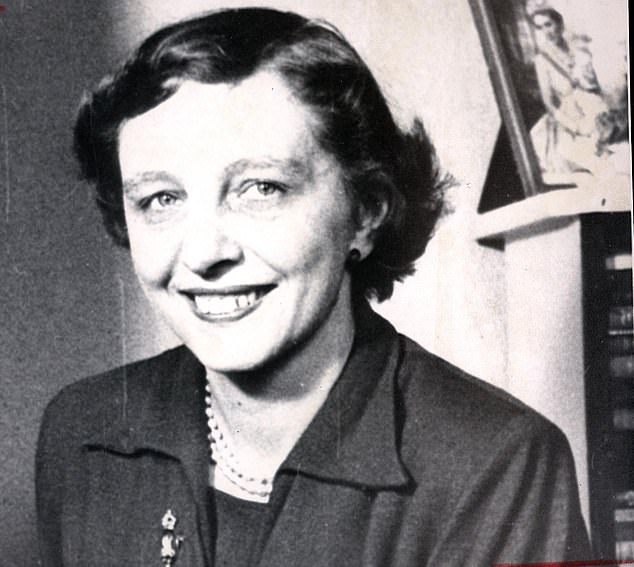
Marion Crawford – known as ‘Crawfie’ – worked for the Royal Family as a governess
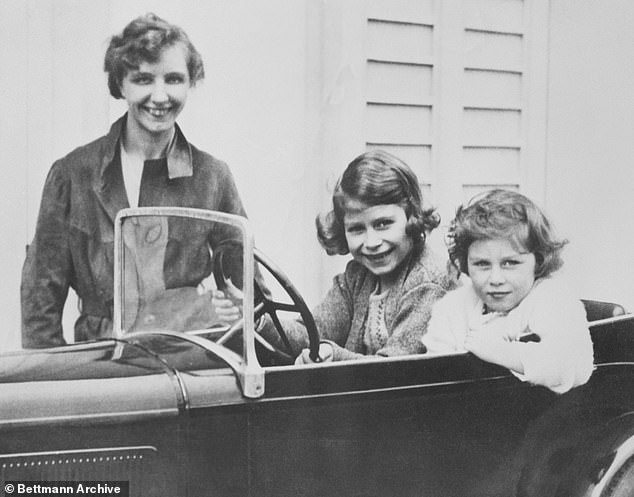
Crawford with a young Elizabeth and Margaret. She took Elizabeth on trips to Woolworths and a public swimming pool
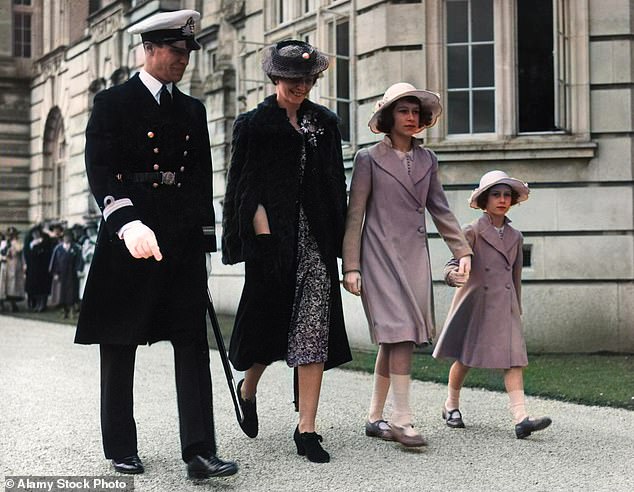
The governess with the young princesses in 1939. Her bombshell book about them ruffled feathers and led to her ostracisation from royal social circles
By 1949, she was living in a grace-and-favour residence at Nottingham Cottage in Kensington Palace’s grounds.
Despite having the most intimate view of Elizabeth’s everyday life, Crawford proved very hard for Morrah to find.
This evasion was because she had her own desires of writing a tell-all book.
She was egged on by her husband who ‘sniffed the chance that his wife might make a lot of money’, according to royal author Hugo Vickers in his biography of the Queen Mother titled ‘Elizabeth’.
Crawford had only married George Buthlay in 1947 but he certainly left his mark.
‘There is now question that Buthlay was a bad influence on Crawfie. We can but speculate how this 38-year-old spinster adapted to married life with such a man.
‘He was a philanderer, both before and after he married, he manipulated her and fueled her anger,’ Vickers wrote.
He added that Buthlay made Crawford believe her pay and pension were inadequate, and she was unhappy with their wedding gifts from the royals.
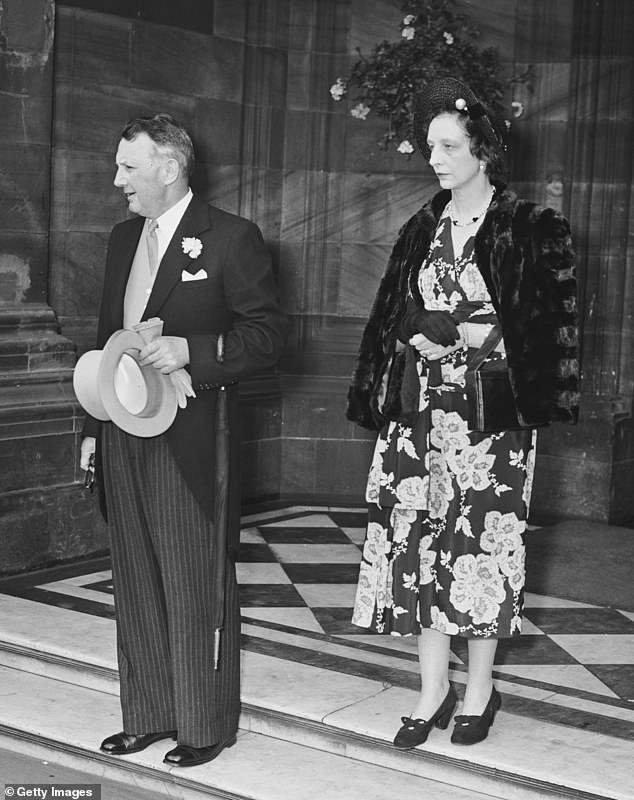
Crawford with her husband George Buthlay. She was encouraged by her husband to write a tell-all memoir, according to royal author Hugo Vickers

The former governess eventually released a book titled ‘The Little Princesses’
Word soon reached the editors of the Ladies’ Home Journal, Bruce and Beatrice Blackmar Gould, that Crawford was interested in writing about her experience and they reached out to her.
The Queen Mother caught wind about the offer and wrote to Crawford, saying: ‘I do feel, most definitely, that you should not write and sign articles about the children, as people in positions of confidence with us must be utterly oyster.
‘If you, the moment you finished teaching Margaret, started writing about her and Lilibet, well, we should never feel confidence in anyone again.’
She did give the former governess tacit approval for her to provide some anonymous assistance, while warning her: ‘I do feel most strongly that you must resist the allure of American money and persistent editors and say No, No, No to offers of dollars for articles about something as private and as precious as our family.’
Yet the governess signed a contract with the Goulds, which stated: ‘You will further consider publication of the articles without Her Majesty’s consent (possibly with only the consent of Princess Elizabeth, or no consent) and under your own name, on terms to be arranged.’
A copy of the articles arrived on the Queen Mother’s desk by October 1949 and, upon reading them, she was left ‘nothing short of horrified’.
She asked if the Goulds would consider taking out ‘inaccuracies and dangerous bits’.
This included a claim that the King, Queen and Princess Elizabeth stood on Brunswick Tower, at Windsor Castle, watching London being bombed during an air raid.
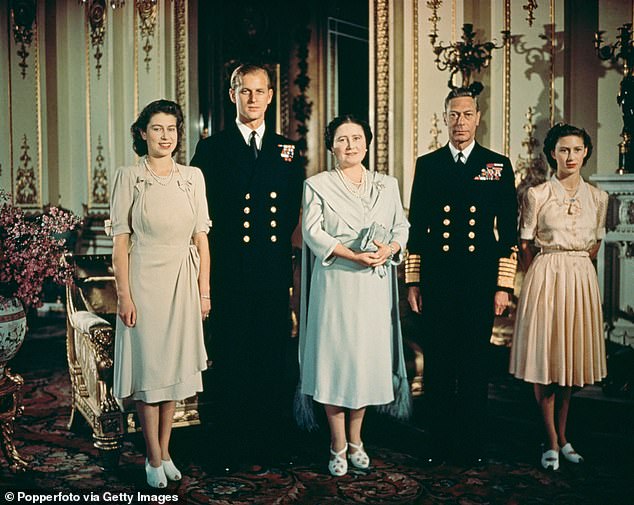
The Royal Family in 1947. By October 1949, a copy of the articles from Crawford had arrived on the Queen Mother’s desk
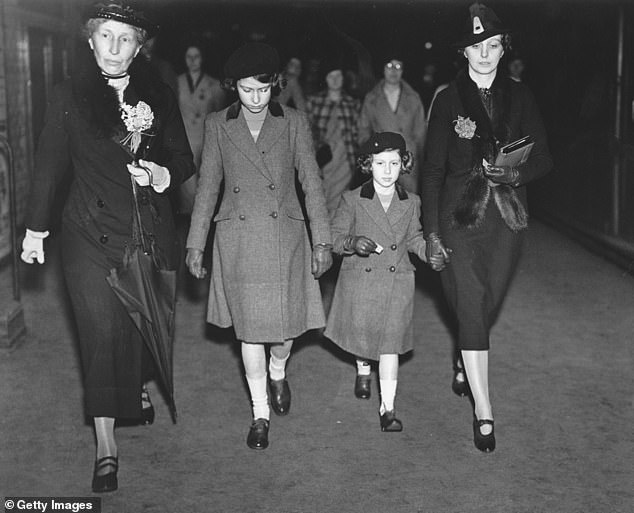
Crawford with Princess Elizabeth and Princess Margaret on the London Underground. She found that the Goulds sensationalised her stories by inserting false incidents
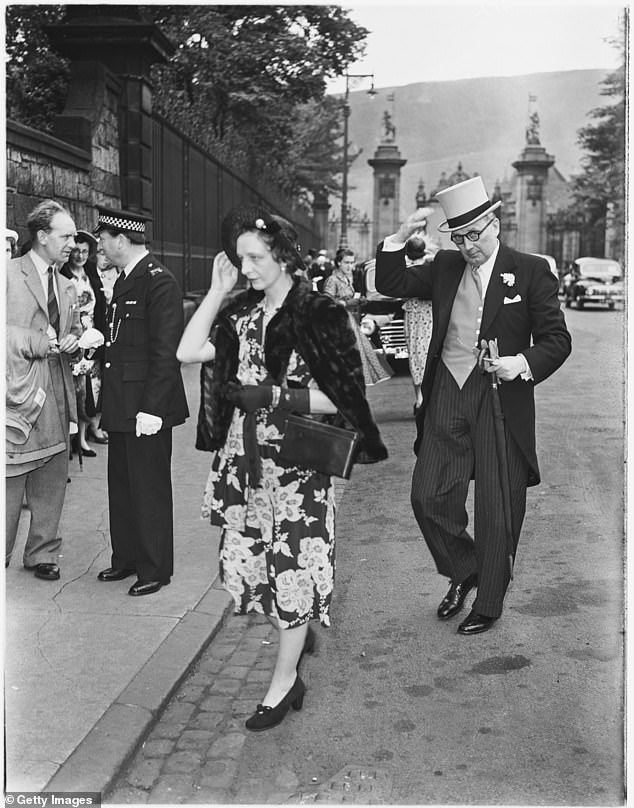
Crawford and Buthlay at a garden party in Edinburgh in 1952. Vickers claims Buthlay manipulated his wife
Despite being reassured by her husband and the Goulds that the book would not be published without royal approval, the articles were released alongside the infamous book ‘The Little Princesses’.
The release led to a monumental fall-out between Crawford and her former bosses.
A series of ‘misunderstandings’ ultimately led to her ostracisation from the royals, as revealed by Vickers.
He said: ‘Queen Elizabeth believed that Crawfie had promised not to publish under her own name. Crawfie believed that she had only promised to submit her text for approval.
‘It was a misinterpretation that would never be solved.’
Crawford and Buthlay continued to live in the palace but soon found themselves being alienated – such as when they failed to receive a gift from Queen Mary at Christmas.
The ex-governess also believed the Goulds sensationalised her stories by inserting incidents that never happened and putting words in people’s mouths.
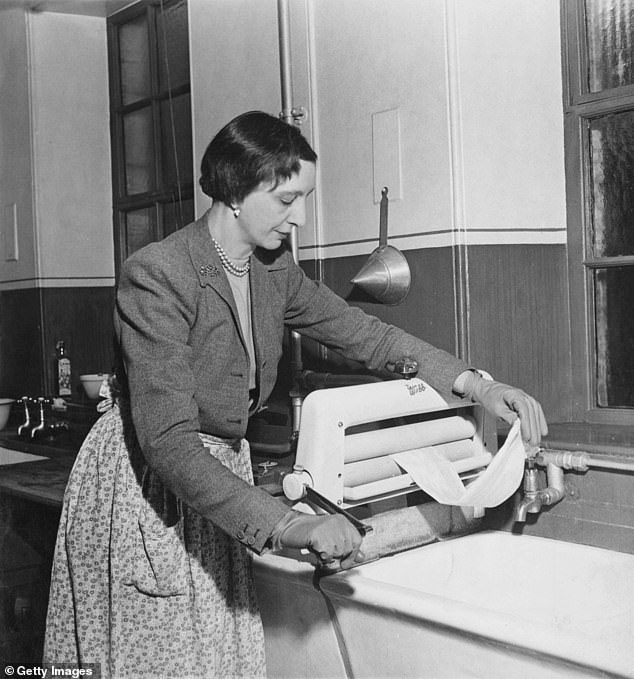
Crawford in 1951. When she died in 1988, aged 78, neither Queen Elizabeth, the Queen Mother or Princess Margaret attended the funeral or sent a wreath
As the articles were released throughout the Fifites, 15million readers lapped up the opportunity to lift the curtain on the royals’ private lives – at a massive cost for Crawford.
The couple bought a home in Aberdeenshire close to Balmoral in November 1950 after they were ‘shunned by colleagues from top to bottom’.
Crawford produced more tell-all articles and books about the Royal Family throughout this period, including a text on the lives of Queen Mary and Princess Margaret.
She became a figure of mockery during these years and withdrew from public life in her later years.
But Crawford always remained loyal to her husband and even attempted suicide following his death in 1977.
When she died in 1988, aged 78, neither Queen Elizabeth, the Queen Mother or Princess Margaret attended the funeral or sent a wreath.
Despite this, her Royal Household pension was paid until her death – in a clear sign of the family’s gratification for her services before it all came to a sour end.












